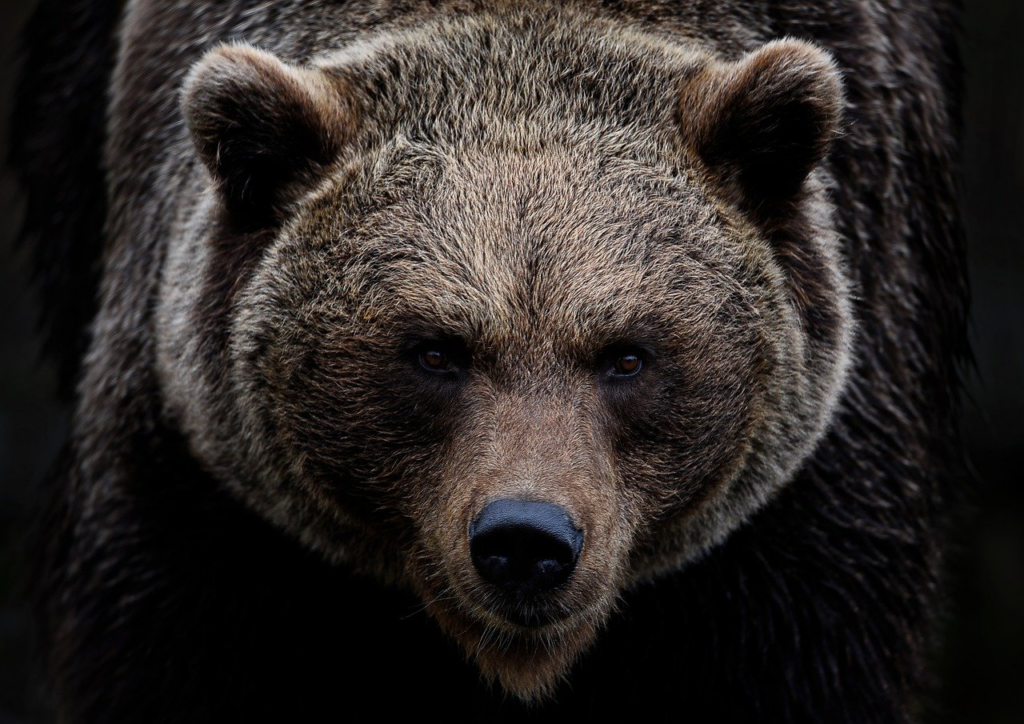Congratulations on your recent bear hunting success! As you plan to immortalize your impressive trophy, it’s only natural to seek out the best way to preserve the memory of the hunt for years to come.
The Process of Bear Taxidermy
Bear taxidermy is an art form that allows you to create a lifelike representation of these incredible creatures. The process begins by carefully skinning the bear and removing all internal organs. You then clean and treat the hide to prevent decay.
Next, you create a mold of the bear’s body using foam or other materials, ensuring that every muscle and detail is accurately captured. Once the mold is complete, you carefully fit the bear’s skin back onto the mold, sewing it together with precision.
Finally, you add glass eyes and carefully position the bear in a lifelike pose. The result is a stunning piece of art that honors the freedom and beauty of these magnificent creatures.
Frequently Asked Questions
Are there any regulations or permits required for individuals who want to have a bear taxidermy mount in their home?
To keep a bear taxidermy mount at home, you need to check your state’s regulations and obtain any necessary permits. But remember, your desire for freedom means accepting the responsibility that comes with it.
How long does the process of bear taxidermy typically take from start to finish?
The process of bear taxidermy typically takes several months from start to finish. It involves skinning, preserving, and mounting the bear. The exact timeframe can vary depending on the size and complexity of the mount.
Can you provide any tips or recommendations for choosing a reputable taxidermist for bear taxidermy?
Looking for a reputable taxidermist? Ask yourself: do they have good reviews, experience with bears, and clear pricing? Remember, you deserve the freedom to choose the best taxidermist for your beloved bear.
Are there any special considerations or challenges that taxidermists face when working with bear specimens compared to other animals?
When working with bear specimens, taxidermists face unique challenges. Bears are larger and have different anatomy than other animals. Special considerations include preserving the fur and recreating the natural posture and expressions of the bear.
Conclusion
In conclusion, bear taxidermy has a rich history and has evolved over time to become an art form that requires skill and precision.
While ethical considerations must be taken into account, bear taxidermy can play a crucial role in conservation efforts by preserving the beauty of these magnificent creatures.
Additionally, it provides educational benefits, allowing people to learn about bears in a unique and immersive way.
As the saying goes, ‘a picture is worth a thousand words,’ and bear taxidermy brings these creatures to life in a way that words alone cannot.

